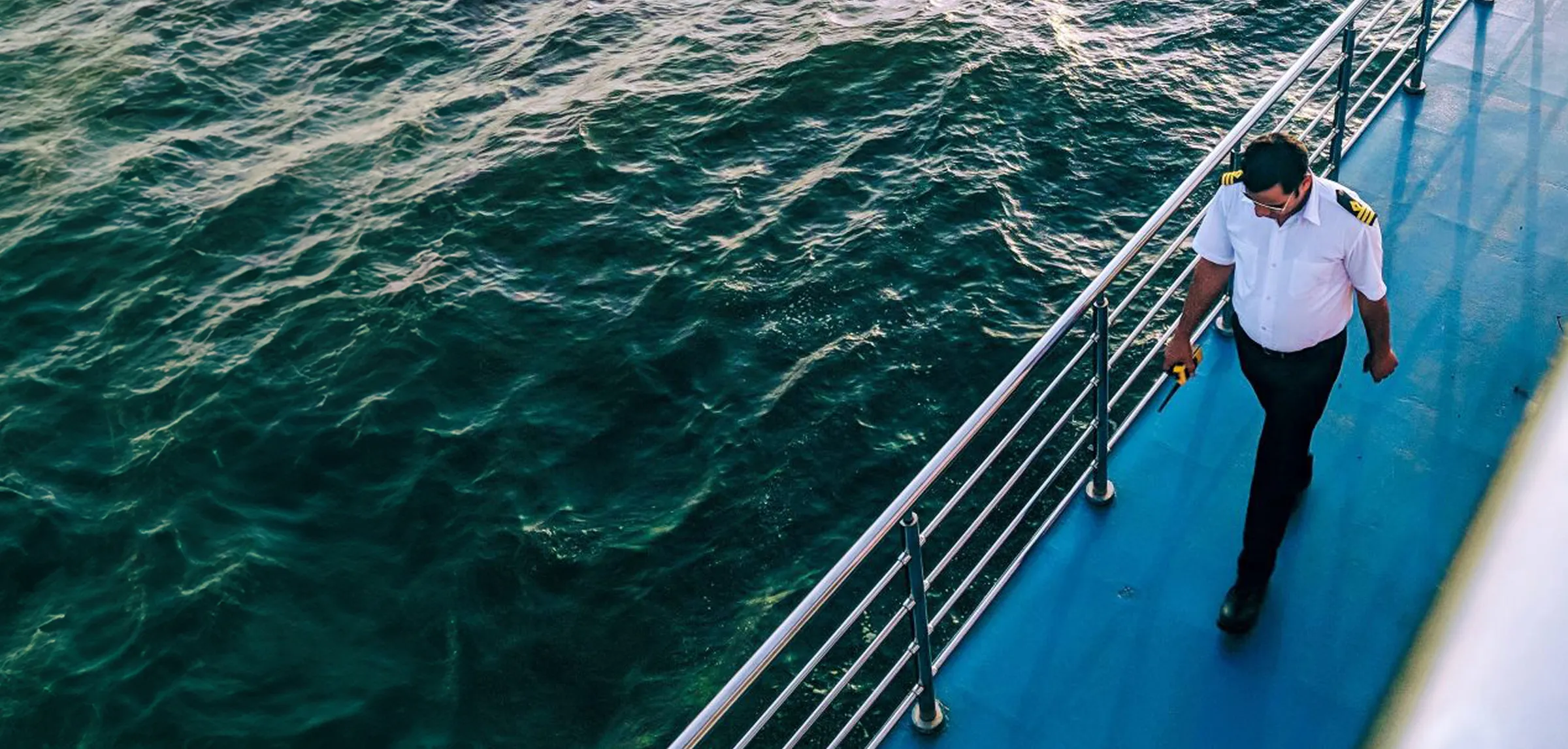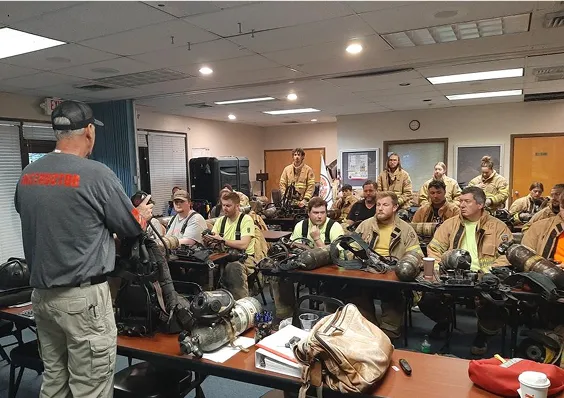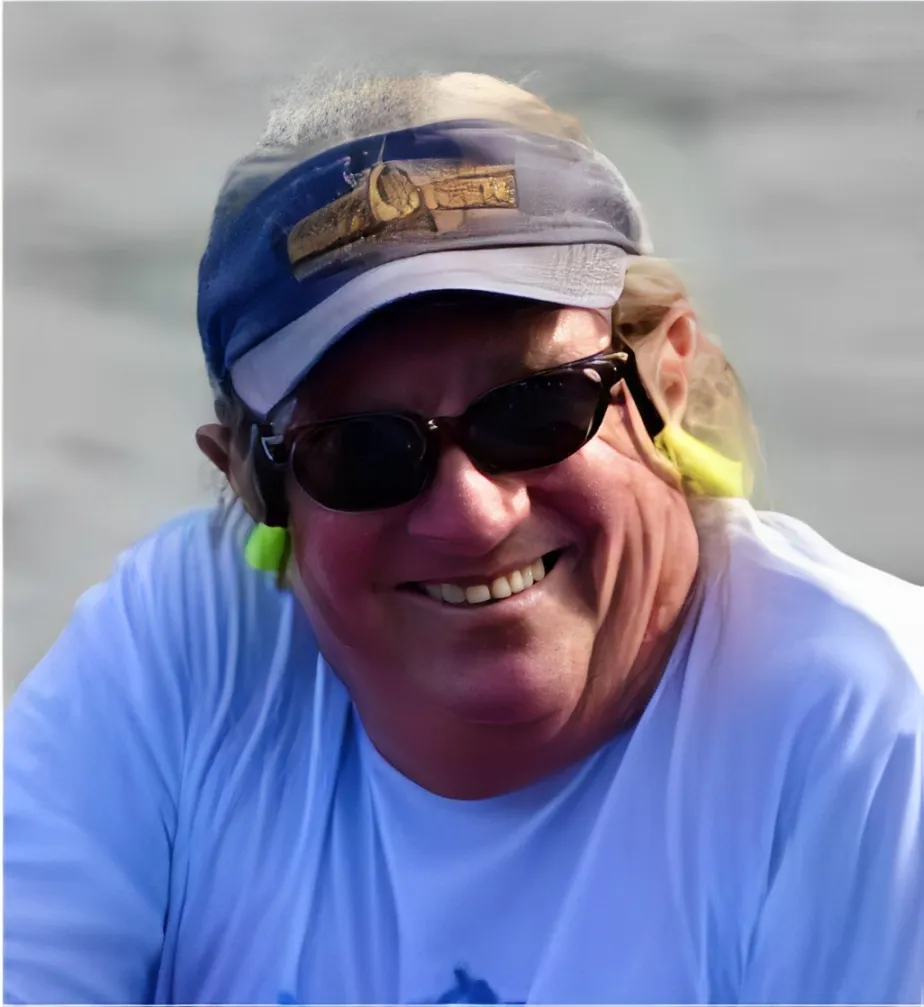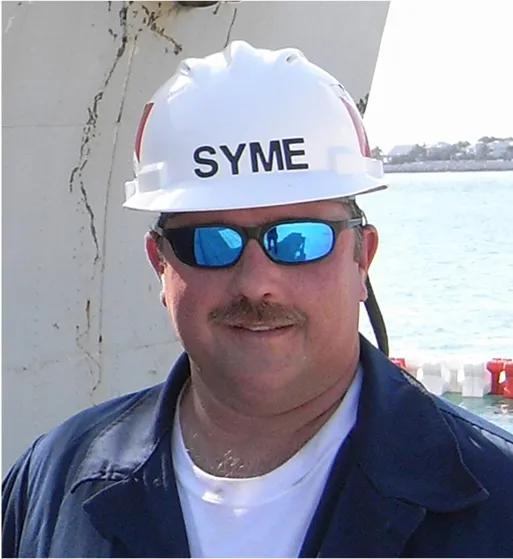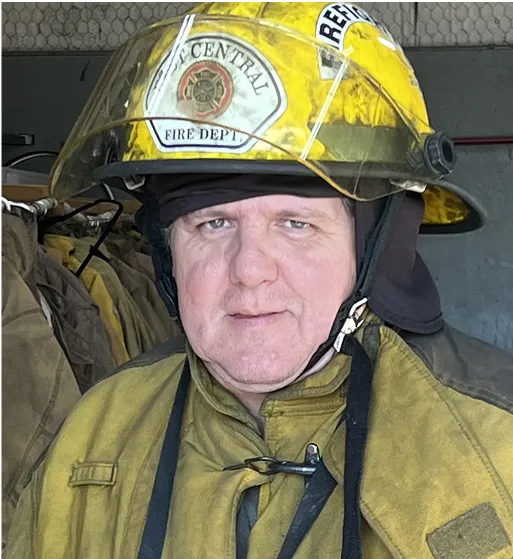STCW Basic Training
CPR & First Aid, Basic Fire Fighting, Personal Survival Techniques, Personal Safety & Social Responsibility. This course is required for anyone working - or planning to work - on international waters. If you're applying for jobs in domestic waters, you’ll find that many companies still require STCW Basic Training for entry-level positions. Completing this certification can give you a competitive edge over other applicants.
.webp)
Why Thousands of Mariners Choose Sea School?
Each year, over 7,500 students choose Sea School for their maritime training. We offer 30+ USCG-approved courses across in-person, online, and satellite formats, with training available at 6 locations nationwide. Team training is also available on-site or via satellite to meet company needs.

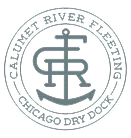
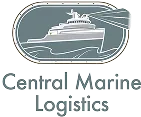


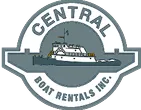

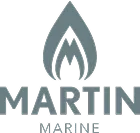








Course Overview
Sea School’s STCW Basic Training course consists of four core modules designed to meet the mandatory safety training requirements for all seafarers under the STCW convention. The four modules include:
Personal Survival Techniques (PST), Basic Firefighting (BFF), Elementary First Aid (CPR/FA), and Personal Safety & Social Responsibilities (PSSR). An STCW Certification is necessary for mariners sailing beyond the U.S. Territorial Boundary Line.

STCW Basic Training Course Completion and Certification Requirements
The Personal Safety & Social Responsibilities standards of competence required by 46 CFR 11.302(a)(4) and 12.602(a)(4);
STCW Code Section A-VI/1 and Table A-VI/1-4, as amended 2010, meeting the National Assessment Guidelines from NVIC 08-14(Ch-1) Tasks 5.1.A, 5.2.A, 5.2.B, 5.3.A, 5.3.B, 5.4.A, 5.5.A, 5.6.A, 5.6.B, 5.6.C, 6.1.A, 6.2.A, 6.2.B, 7.1.A, 7.1.B, 7.2.A, 7.2.B, 7.3.A, 7.4.A, 7.5.A, 7.5.B, 8.1.A, 8.1.B, 8.2.A, 8.3.A, 8.3.B, and 9.1.A.
The Personal Survival Techniques standards of competence required by 46 CFR 11.302(a)(1) and 12.602(a)(1); STCW Code Section A-VI/1 and Table A-VI/1-1, as amended 2010, meeting the National Assessment Guidelines from NVIC 08-14(Ch-1) Tasks 1.1.A, 1.2.A, 1.3.A, 1.3.B, 1.3.C, 1.4.A, 1.5.A, 1.6.A, 1.7.A, 1.8.A, 1.9.A, 1.10.A, 1.11.A, 1.12.A, 1.12.B, 1.13.A, 1.14.A, 1.14.B, 1.14.C, 1.14.D, 1.14.E, 1.14.F, 1.14.G, 1.14.H, 1.14.I, 1.14.J, 1.14.K, 1.14.L, 1.14.M, and 1.14.N.
The First Aid and CPR training requirements of 46 CFR 11.201(i)(1), PROVIDED that this training was completed within one year of the date of application; AND
The Elementary First Aid standards of competence required by 46 CFR 11.302(a)(3) and 12.602(a)(3); STCW Code Section A-VI/1 and Table A-VI/1-3, as amended 2010, meeting the National Assessment Guidelines from NVIC 08-14(Ch-1) Tasks 4.1.A, 4.1.B, 4.1.C, 4.1.D, 4.1.E, 4.2.A, 4.3.A, 4.3.B, 4.4.A, 4.4.B, 4.4.C, 4.4.D, 4.4.E, 4.4.F, 4.4.G, 4.4.H, 4.4.I, 4.5.A, 4.6.A, 4.6.B, 4.7.A, 4.7.B, 4.7.C, 4.8.A, 4.8.B, 4.8.C, 4.8.D, and 4.9.A.
Why Thousands of Mariners Choose Sea School?
Each year, over 7,500 students choose Sea School for their maritime training. We offer 30+ USCG-approved courses across in-person, online, and satellite formats, with training available at 6 locations nationwide. Team training is also available on-site or via satellite to meet company needs.
















STCW Basic Training Requirements: Everything You Need to Get Certified
Enrollment Requirements
- Minimum age - 18
- US Citizenship is required
- No formal prerequisites to enroll in an STCW Basic Training class.
- However, students must be physically capable of completing several rigorous, hands-on activities as part of the training.
Water Survival Exercises
- Jump into a pool from approximately 3 feet
- Swim 20 feet while wearing a PFD (Personal Flotation Device) or immersion suit
- Stay afloat for 1 minute without a PFD
- Deploy and enter a liferaft
- Right a capsized liferaft while wearing a PFD or immersion suit
Real-World Expertise
Excellence starts with a strong foundation. We believe in mastering fundamental skills, building confidence, and ensuring every mariner has the knowledge and expertise needed to succeed in their career.
Flexible Learning Options
True leadership is demonstrated through action. We foster a hands-on approach, where mariners learn by doing and gain real-world experience that prepares them for the challenges of the industry.
Career Advancement
In the maritime world, challenges are inevitable - but so are solutions. We encourage proactive thinking, problem-solving, and the courage to take initiative.
Industry-Recognized Certifications
We never settle for mediocrity. Whether in training, leadership, or problem-solving, we strive for the highest standards in everything we do.
A Strong Community & Industry Network
Success in the maritime industry requires a strong work ethic. We embrace a roll-up-your-sleeves mentality, knowing that real growth comes from effort and persistence.
Confidence & Leadership Development
Ttrue professionals must be ready to adapt. We believe in staying agile, embracing change, and continuously expanding our skills to meet new challenges.
We’ve developed comprehensive, engaging, and practical curriculum to set you up for success on the water
While the curriculum represented on the Sea School website is a general layout of course information, it is not the exact order in which lessons are taught.
- Emergency Procedures
- Pollution Prevention/Marine Environment
- Safe Working Practices
- Effective Communication Onboard
- Effective Human Relationships Onboard
- Controlling Fatigue Onboard
- Emergency Procedures
- Pollution Prevention/Marine Environment
- Safe Working Practices
- Effective Communication Onboard
- Effective Human Relationships Onboard
- Controlling Fatigue Onboard
- Emergency Situations
- Evacuation
- Survival Craft & Rescue Boats
- Personal Lifesaving Appliances
- Survival At Sea
- Emergency Radio Equipment
- Emergency Situations
- Evacuation
- Survival Craft & Rescue Boats
- Personal Lifesaving Appliances
- Survival At Sea
- Emergency Radio Equipment
- Before Giving Care
- Checking an Injured or Ill Person
- Cardiac Emergencies
- Choking
- First Aid for Common Illnesses & Injuries
- Traumatic Injuries
- Environmental Injuries & Illnesses
- Rescue & Transport of Casualty
- Before Giving Care
- Checking an Injured or Ill Person
- Cardiac Emergencies
- Choking
- First Aid for Common Illnesses & Injuries
- Traumatic Injuries
- Environmental Injuries & Illnesses
- Rescue & Transport of Casualty
- Minimizing the Risk of Fire
- Maintaining a State of Readiness
- Fighting & Extinguishing Fires
- Minimizing the Risk of Fire
- Maintaining a State of Readiness
- Fighting & Extinguishing Fires
A Simple 3-Step Process to Get Certified and Start Your Maritime Career
Choose Your Course
Pick the course that fits your experience level and sea time and select the available format that works for you (in-person, Zoom, or online).
Enroll & Prepare
Register online or at a Sea School location. Ensure you meet eligibility requirements and start reviewing the provided study materials.
Get Certified
After finishing the course, you will need to submit your application to the Coast Guard to receive your Merchant Mariner Credential (MMC).

What Our Clients Say
What We Provide:
What Students Need to Bring:
[01] For Firefighting
- Long pants, socks, and closed-toed shoes or boots (no flip-flops or open toed shoes)
- Some way to tie back longer hair
- Insurance regulations require that you be clean shaven so the breathing mask seals securely (mustaches are OK)
[02] For Survival Techniques (Water)
- Swing trunks or swim suits (no cut offs or thongs)
- Bath Towel
- Reminder: You must be able to tread water/float without a life vest
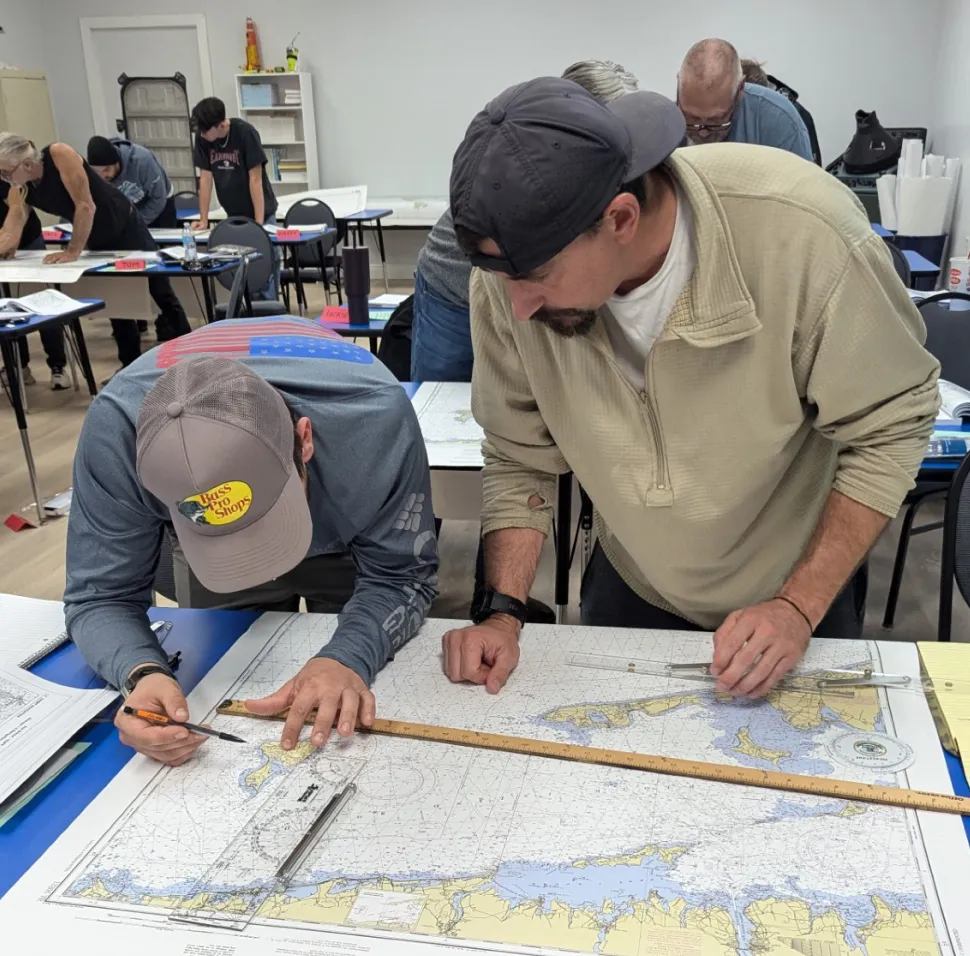
Advance your Maritime Career
All the answers you’ll need before enrolling in the STCW basic training course
STCW stands for the Standards of Training, Certification, and Watchkeeping for Seafarers. The standards are set by the International Convention on STCW. Many of the standards have been incorporated into the United States Regulation and Policy for certain personnel.
The STCW Basic Training certification is necessary for mariners sailing beyond the U.S. Territorial Boundary Line (3 miles off the Atlantic/Pacific Coasts, 12 miles off the Gulf of America). While mariners on U.S. vessels under 200 GRT operating only on domestic voyages are not required to comply with STCW Basic Training, they are strongly encouraged to go through the training and certification process.
- Vessels over 500 GRT - STCW required
- Vessels 200-500 GRT - may require STCW, especially for international voyages
- Vessels under 200 GRT - generally exempt UNLESS operating internationally
- International Voyages - STCW required for all crew on commercial vessels
- Domestic Waters - U.S. vessels may follow 46 CFR regulations instead, but STCW is strongly encouraged
The Sea School offers STCW Basic Training courses at several of our brick and mortar locations. You can register here for an STCW Basic Training course that works best with your schedule. Upon completion of the course, mariners receive a Course Completion Certificate that they must submit alongside a USCG application for official STCW Basic Training certification. It is important to note that a Course Completion Certification is NOT a substitute for the official USCG STCW Basic Training credential.
STCW certificates are valid for 5 years and must be renewed when your MMC expires.
- Have 360 days of sea service in any capacity aboard a vessel that is required to hold regular fire, emergency, and abandon ship drills AND;
- Have taken ONE of the following:
- A USCG Approved STCW Basic Training Revalidation course dated within the last 5 years
- Basic Training Course for: Fire Prevention and Fire Fighting and Personal Survival Techniques within the last 5 years
- Refresher Course(s) for all 4 elements of Basic Training dated within the last 5 years
- If you do not have 360 days of sea service in the last 5 years you must have:
- A USCG Approved STCW Basic Training Refresher Course taken within the last 5 years OR
- Valid Basic Training courses for all 4 elements within the last 5 years
As with many requirements and certifications in the maritime industry, the renewal process for the STCW certification depends primarily on sea time.
Revalidation: If a mariner has completed an STCW Basic Training course in the past and HAS 360 days of sea time in the last 5 years, they can take a shortened version of the Basic Training Course.
Refresher: If a mariner has completed an STCW Basic Training course in the past but does NOT have 360 days of sea time in the last 5 years, they must take a Basic Training Refresher Course OR valid Basic Training Course for all 4 elements.
The four elements of STCW Basic Training are:
- Personal Safety & Social Responsibility (PSSR)
- Personal Survival Techniques (PST)
- CPR & First Aid (CPR/FA)
- Basic Firefighting (BFF)
If you’re applying for entry-level merchant mariner credentials or a National License, you are NOT required to get your STCW Basic Training endorsement. Mariners are encouraged to go through the STCW Basic Training and certification process, though, as it will enable them to serve on larger vessels and in international waters as they advance in their career.
While the STCW endorsement does not officially require a separate drug test, you’ll likely need to take one or belong to a drug testing consortium when applying for or renewing your Merchant Mariner Credentials (MMCs). If you already have your MMC and are looking to add an STCW certificate, you will NOT need to take an additional drug test.
No. Only the USCG can issue official documentation and certifications. To obtain an official STCW Basic Training certification, mariners must:
- Complete the necessary USCG application form.
- Submit both the Sea School Course Completion Certificate and USCG application form to the USCG.
The USCG then processes the application and issues the official STCW Basic Training certification. An STCW Basic Training course certificate is a document proving you have completed a specific training course that meets the international standards set by the "Standards of Training, Certification and Watchkeeping for Seafarers" (STCW) convention, while an MMC (Merchant Mariner Credential) is a credential issued by the US Coast Guard that signifies you are qualified to work as a mariner on US flagged vessels, and includes endorsements based on your completed STCW Basic Training courses and other qualifications; essentially, an STCW Basic Training certificate is a piece of training completion documentation, while an MMC is a comprehensive license to work at sea as a US mariner, which incorporates STCW Basic Training as a necessary component.
Yes. For STCW purposes, the medical certificate needs to be updated every TWO years for mariners without medical waivers. Updated medical forms can be sent directly to the NMC. There is no fee required for a medical certificate.
Your Journey Begins Here – Get Certified & Get on the Water!
Helping thousands of mariners every year, Sea School is a leader in the maritime education space. Whether you are new to the industry or looking to add onto your Merchant Mariner Credential, find the courses right for you at Sea School.
